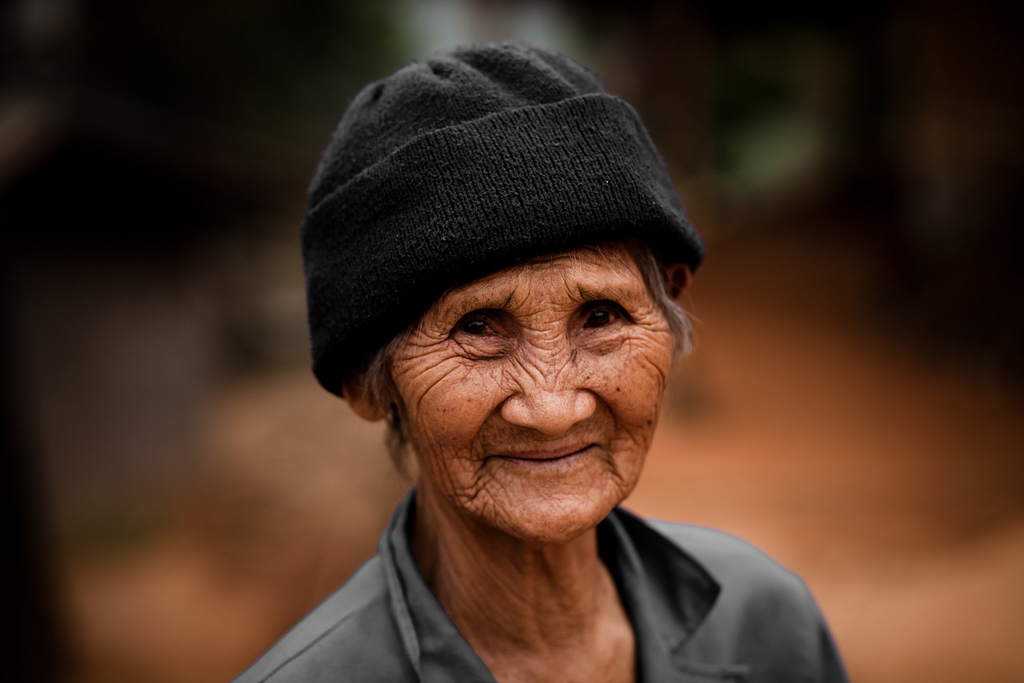AARP Eye Center
Smile! Oct. 1 Is Our Day the World Over
By Steve Mencher, October 1, 2013 09:19 AM
Within 10 years, there will be a billion people 60 and older on the planet, up from about 600 million today. By 2030, there will be more people over 60 than under 10. Welcome to the brave, old world.
These are a couple of the reasons we're taking note of the 23rd Annual "International Day of Older Persons" on Oct. 1. As the world struggles to keep up with aging populations, this special day may draw some needed attention to a constellation of issues relating to health, education, employment and many areas of public policy.

The impetus for the holiday comes from the United Nations, and the occasion will be marked at U.N. offices in New York and Geneva. Other organizations are also using the day to educate the public and call for action.
It's worth looking back to consider how close the world has come to goals set out more than a decade ago, when the Second World Assembly on Aging adopted the Madrid International Plan of Action on Aging. Here, for example, is an item that has particular resonance with AARP's emphasis on reinvention:
Older persons should have the opportunity to work for as long as they wish and are able to, in satisfying and productive work, continuing to have access to education and training programs.
In tandem with the U.N. activities on Oct. 1, HelpAge International is launching its Global AgeWatch Index, "data and analysis" on aging issues and country-specific report cards that will "monitor life expectancy and government progress toward meeting the challenges of population aging." It ranks Sweden as the best country on earth to grow old. The United States comes in 8th.
"This is only the beginning," says Bethany Brown, HelpAge's U.S. policy director. "Never in the history of humankind have we seen such a change in [society's] age structure. ... Older people are asking for ways to contribute and be engaged." The organization is creating report cards for only 91 nations, she says, because statistics on aging are not consistently available for the rest of the world's countries.
The biggest change that HelpAge, the U.N. and others are seeking is a simple one: Getting societies to view their aging populations as a source of strength, contributing to development, rather than a drain on scarce resources. That's hard to measure, but it's the key to the future for old and young alike.
Photo: m'sieur rico/Flickr























































